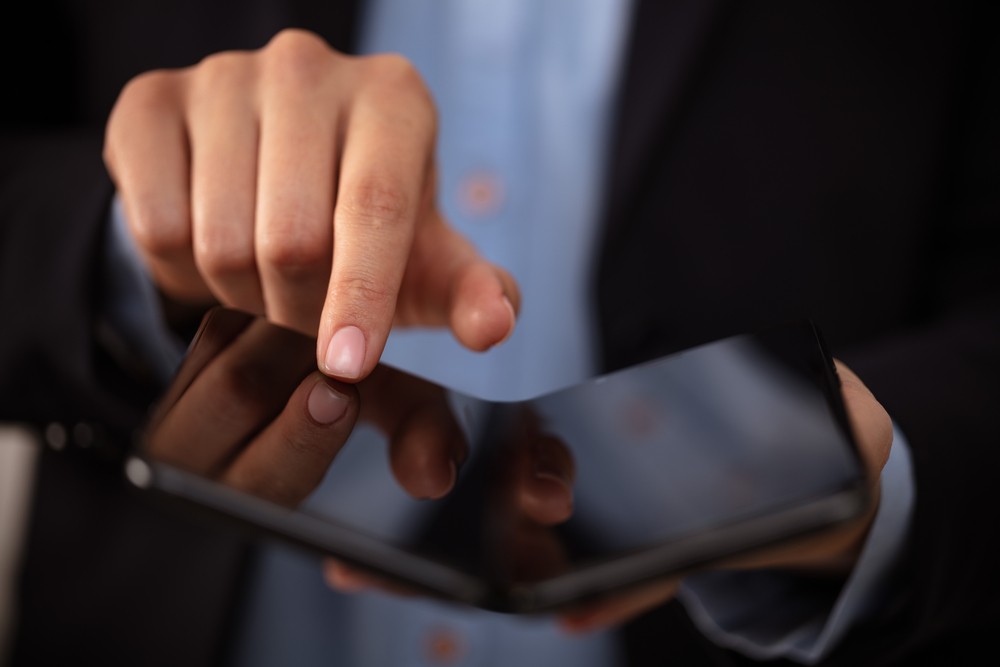Foldable phones have sparked a wave of innovation in the smartphone industry, capturing the attention of tech enthusiasts and casual users alike. These devices promise to blend the portability of modern smartphones with the expansive screens of tablets, delivering a fresh experience that feels both nostalgic and futuristic. However, one critical question persists: Are foldable phones durable enough for everyday use?
As consumers consider whether to make the leap to a foldable device, understanding the nuances of their build, design, and everyday resilience is essential. Information about how these devices are built, what challenges they face, and how they hold up over time can guide potential buyers in making more informed decisions.
The Engineering Behind Foldable Phones
Manufacturers have poured immense resources into creating foldable phones, investing in new technologies and materials to bring these devices to life. Central to their design are flexible displays, marvels of modern engineering that can bend without breaking. These screens often employ organic light-emitting diode (OLED) technology, which is inherently more flexible than traditional LCD screens.
To protect these screens, manufacturers have turned to ultra-thin glass or plastic polymers. While these materials provide a degree of durability, they also create vulnerabilities not typically found in standard smartphone displays. The hinge mechanism is another integral component, designed to withstand repeated folding and unfolding without degrading the screen or the phone’s structural integrity.
Durability Testing and Real-Life Challenges
The true test for any device claiming everyday durability comes in the form of rigorous testing both in laboratories and through real-world use. Some of the most common stress tests include folding the device tens of thousands of times, exposing it to extreme temperatures, and assessing how well it resists scratches and impacts.
Although foldable phones typically perform admirably in controlled tests, real-life conditions often present unique challenges. Dust and particles can infiltrate the hinge mechanism, potentially leading to malfunctions. Similarly, the plastic layers or ultra-thin glass used for the screens can show signs of wear, such as minor creasing or pressure points, after extensive use.
- Hinge Mechanism Wear: The hinges in foldable phones must strike a balance between sturdiness and smoothness. Over time, these hinges may loosen, causing the device to not fold or close as seamlessly as it did when new.
- Display Surface Vulnerability: Unlike the hardy Gorilla Glass found on many traditional smartphones, the outer layers of foldable phone screens often require more care to prevent scratches and dents.
- Battery and Internal Components: The flexible nature of foldable displays can sometimes lead to increased stress on battery and other internal components. This could result in faster wear over time.
Consumer Usage and Perception
For foldable phones to truly claim they are fit for everyday use, they must meet the diverse needs and expectations of consumers. Users expect their smartphones to be reliable, robust, and adaptable to various situations, from commutes and meetings to leisure and home use.
Surveys and user feedback provide valuable insights into the actual experiences of owning a foldable phone. Many users report an initial period of heightened caution as they adjust to handling their new device with more care than a traditional smartphone. Frequent users often highlight the trade-off between the device’s multifunctionality and its premium price.
Nevertheless, positive aspects are frequently cited. The ability to switch from a phone to a tablet format enhances productivity and entertainment experiences. These devices are also noted for their ‘wow factor,’ often becoming a talking point among peers.
Innovation vs. Practicality
Foldable phones represent a significant leap in smartphone innovation. Despite pushing technological boundaries, these devices still face a number of obstacles before achieving mainstream reliability. Developers continue to improve upon the mechanisms that fold and unfold the phone, as well as the overall robustness of components and designs.
These devices are often positioned as premium products aimed at tech enthusiasts willing to invest in cutting-edge technology. As such, practicality sometimes takes a back seat to innovation. However, for these phones to succeed with average consumers, they must prove to be as dependable as less flashy alternatives.
Impact on Industry and Future Directions
Foldable phones could signal a paradigm shift as manufacturers constantly strive to redefine what a smartphone can be. The influence of these devices extends beyond handheld gadgets, inspiring innovations in fields such as wearable electronics and flexible displays for other applications like laptops and smart home devices.
As technology advances, materials and mechanisms that appeared fragile a few years ago will undoubtedly become more robust. Companies recognize the advantages of foldable designs and are committed to addressing current shortcomings. This dedication is evident in the rapid evolution of models currently on the market, each iteration boasting improvements in durability, battery life, and user-friendly features.
Evaluating Long-Term Viability
To fully assess whether foldable phones can persevere through day-to-day use over extended periods, potential buyers should consider both personal lifestyle and usage habits. Active users who frequently rely on their phones for work and recreation might prioritize devices renowned for durability and longevity. Meanwhile, for those captivated by the futuristic allure of foldables, the excitement of owning such a transformative device could outweigh any concerns about possible drawbacks.
Nevertheless, foldable phones are gradually becoming more affordable and accessible, suggesting a transition towards broader consumer adoption. While early adopters paved the way, a growing number of consumers may jump on the foldable trend as the technology matures and prices potentially decrease.
As with any emerging technology, there are associated risks and rewards. Foldable phones aren’t necessarily ready to replace traditional smartphones altogether, but they represent a bold step in that direction. Customers need to weigh the excitement of pioneering a new form factor against the challenges it might entail. Over time, as manufacturers refine their designs and rectify existing issues, these versatile devices can achieve the level of durability required for everyday use.
The durability of foldable phones remains an open question that hinges on both engineering advancements and consumer use patterns. As these devices continue to evolve, they spark conversations about the future of mobile technology and what consumers value most in their electronic companions. Whether foldable phones prove to be a fleeting trend or a mainstay in mobile technology will depend largely on their ability to meet user expectations for everyday durability and functionality. Until then, they remain at the forefront of technological excitement, bridging the gap between imagination and reality.



